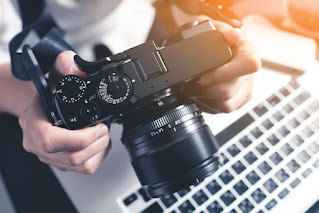Tricks to Take Nature and Wildlife Photos with a Digital Camera
To know how aperture speeds and
ISO affects the outcome of your photo is very important.
Using a wide zoom lens is best if
you are going to shoot brilliant landscapes. A macro lens is suggested if there
is a need to shoot amazing close-ups of wildflowers.
A point and shoot camera is quite
easy and quick and can take great shots but it won't be able to shoot moving
water, light trails or star trails unless you use a camera that has a zoom lens
and will choose and set all the exposures for you.
Take as many shots as you can
while photographing wildlife with a camera along with a camera trap. This is because animals will not stand still and pose
for you as you will have lots of blurry shots. The beauty in digital cameras is
that you are not wasting precious film or money in developing blurry shots!
While shooting birds and animals
a good rule of thumb is to focus on their eyes. You need to be careful about
not going close to wild animals because they can become dangerous if they feel
threatened. Learn how to approach animals as sudden movements can drive them
away.
You can try the zoo, your local
park or botanical gardens in case you don’t have the funds to travel to Africa
to join a wildlife safari.
As a necessary accessory, the
tripod is often overlooked. To ensure that the tripod and your shot is level
maximum tripods have a bubble level. Your shots get improved immensely by using
a tripod, especially when you are shooting landscapes with a remote camera.
Never miss an opportunity to take
the perfect shot and for that, you need to be always prepared and don't get
caught with a dead battery or full memory card. In your camera bag, you should
always keep an extra fully charged battery and extra memory cards.
Early
in the day or later in the day when the sun is low is the best time to take
photos. The lighting produced is soft and warm. Lightly overcast days are also
good days to shoot.





Comments
Post a Comment